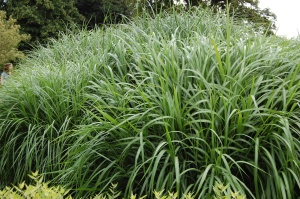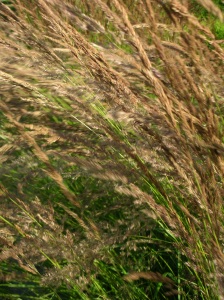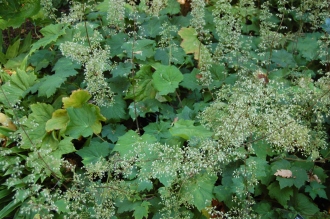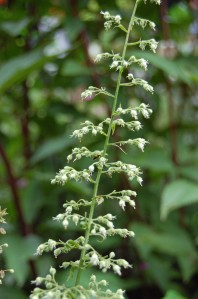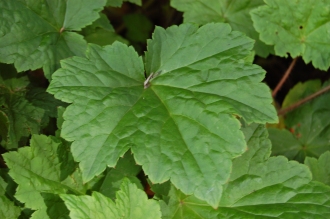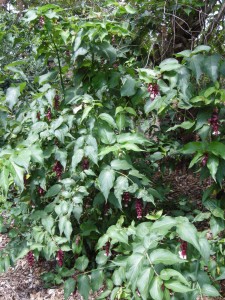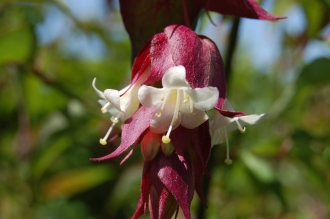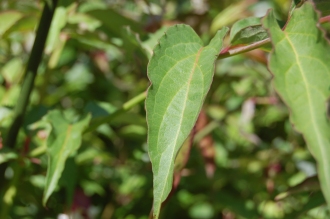Position: Full sun to dappled shade
Soil: Moist, well drained soil
Flowering period: Early autumn
Eventual Height: 1.2m
Eventual Spread: 45m
Hardiness: 5a, 5b, 6a, 6b, 7a, 7b, 8a, 8b, 9a, 9b
Family: Poaceae
Miscanthus sinensis ‘Gracillimus’ is a deciduous, perennial grass with a clump forming habit. Its herbaceous foliage is formed from very narrow, upright leaves, which are hairy beneath and often turn bronze. It may, depending on conditions, bear fan shaped panicles of awned, hairy, white spikelets in early autumn.
The species, Miscanthus sinensis, commonly known as Chinese Silver Grass or Eulalia Grass, is native to much of eastern Asia including Korea, China and Japan. Research is currently being carried out in the United States and Great Britain into using this plant for the production of bio-energy.
The etymological root of the binomial name Miscanthus is derived from the Greek miskos meaning ‘stem’ and anthos meaning ‘flower’, referring to the stalked spikelets. Sinensis is derived from the Latin meaning ‘from China’.
Miscanthus sinensis ‘Gracillimus’ may be useful to the landscape architect as a low maintenance, tall grass. It will make an exceptional impact when planted en masse in windswept sites as its foliage sways in a breeze. It can also form a component in prairie style planing.
Miscanthus sinensis ‘Gracillimus’ will tolerate almost any soil conditions; it will be happy at neutral, acid or alkaline pH levels, in loam, clay or sand based soils facing any sheltered or exposed aspect. It is also drought tolerant once established.
Ecologically, Miscanthus sinensis ‘Gracillimus’ will attract various species of birds that will use it as cover from predators.
Miscanthus sinensis ‘Gracillimus’ requires little to no maintenance. Dead or damaged material may be removed in spring.
